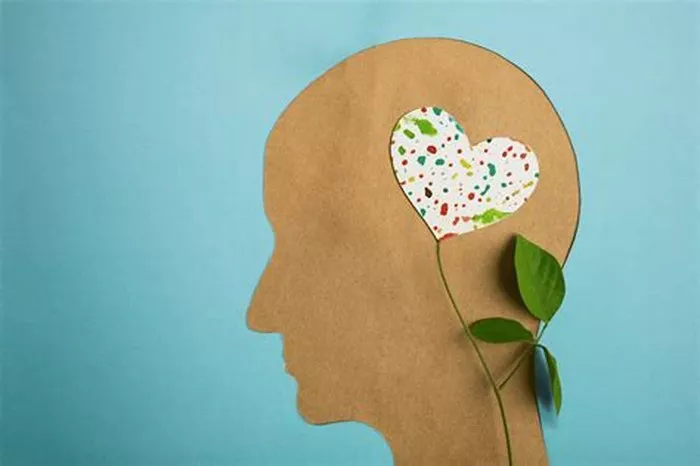Recent research from the Ernst Strüngmann Institute for Neuroscience, the MIND Foundation, and other collaborators has shown that circular breathwork, which leads to a reduction in carbon dioxide saturation, can induce altered states of consciousness. These states bear similarities to those experienced during psychedelic therapies and have been associated with improvements in psychological well-being and reductions in depressive symptoms.
Altered states of consciousness, which have been explored as therapeutic interventions for mental health conditions such as depression and PTSD, have long shown promise. However, the accessibility of psychedelic-assisted therapies is limited by legal, medical, and financial barriers. Circular breathwork, a non-pharmacological alternative, may offer a more accessible approach to achieving similar therapeutic outcomes.
Rooted in traditional practices such as Tummo and Pranayama Yoga, circular breathwork has been adapted into forms like Holotropic and Conscious-Connected breathwork. These practices involve continuous deep breathing, with no pauses between inhalations and exhalations. Often practiced in communal settings with emotionally evocative music, circular breathwork has been shown in early studies to alleviate stress, anxiety, depression, and PTSD, while enhancing self-awareness and life satisfaction.
The study, titled Decreased CO2 Saturation During Circular Breathwork Supports Emergence of Altered States of Consciousness, published in Communications Psychology, sought to understand the mechanisms behind the psychological benefits of circular breathwork. The study involved 61 participants with prior breathwork experience, conducted at the MIND Foundation’s premises in Berlin. Forty-three of these participants engaged in either Holotropic or Conscious-Connected breathwork sessions, while 18 participants served as a control group, breathing normally.
Researchers evaluated mental health outcomes using the Quick Inventory of Depressive Symptomatology and the Warwick-Edinburgh Mental Wellbeing Scale, before and after the breathwork session. Due to incomplete responses, final analyses included data from 25 participants who completed both pre- and post-session questionnaires.
End-tidal carbon dioxide (etCO2) pressure was measured at six intervals during the sessions using a portable breathalyzer. Subjective depth of experience was assessed using hand signals, ranging from one finger (normal waking consciousness) to five fingers (deeply altered states). Biomarkers for autonomic nervous system activity and inflammation, including α-amylase and interleukin-1 beta (IL-1β), were analyzed from saliva samples collected before and after the session.
The results showed a significant reduction in etCO2 levels during active breathwork sessions, with a drop to as low as 16.6 mmHg compared to an average of 34.3 mmHg in the control group. These reductions in CO2 were closely linked to deeper altered states of consciousness, which were corroborated through subjective ratings and post-session questionnaires. Participants engaging in breathwork reported experiences similar to those described in psychedelic research, scoring highly on the Mystical Experiences Questionnaire and the 11-Dimensional Altered States of Consciousness Scale.
In terms of mental health, participants who underwent active breathwork showed improvements in psychological well-being one week after the session. These individuals reported reductions in depressive symptoms, as well as enhancements in overall well-being. Notably, the magnitude of CO2 reduction and the depth of the altered experience were predictive of the improvement in mental health scores.
Biomarker analysis revealed that salivary α-amylase concentrations decreased after breathwork, indicating a reduction in sympathetic nervous system activity, while interleukin-1 beta levels increased, pointing to a temporary activation of inflammatory responses. Stronger altered state experiences were associated with smaller increases in these inflammatory markers.
The findings suggest that circular breathwork could serve as a low-cost, non-pharmacological method for inducing altered states of consciousness, which in turn may promote psychological healing. By reducing carbon dioxide saturation, these sessions appear to facilitate the emergence of therapeutic altered states linked to improvements in mood and well-being.
While the study provides promising insights, it is important to note that its exploratory nature and incomplete cohort follow-up warrant further investigation. More rigorous studies are needed to confirm the potential of circular breathwork as an effective mental health intervention.


